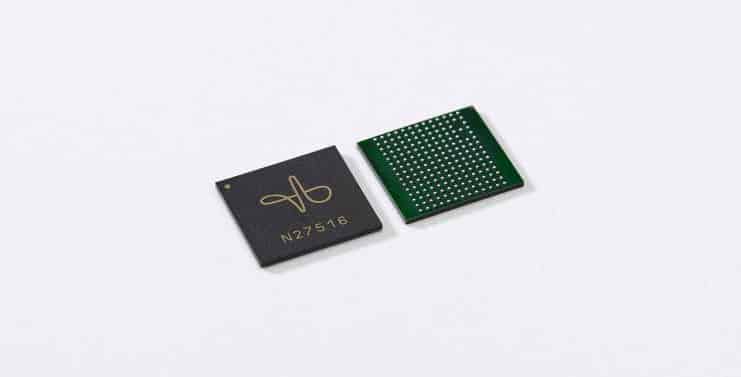One of the most hyped (and leaked) devices of the year, Pixel 4 was recently launched in different parts of the world. While many were eagerly waiting to get their hands on this latest addition to the Pixel series, Indians well left pretty much disappointed. This is because in the launch event they made it clear that the device wouldn’t be launching in India. So, while its predecessor was received with open hands, why Google decided to ditch its latest device in the Indian subcontinent. Well, Google hasn’t explicitly mentioned the reason for Pixel 4 not releasing in India, but it may be due to its Motion Sense. Read on further to know more about it. Also, even if the device isn’t launching in India, you may still try out many of the Pixel4 apps.
Pixel 4 Motion Sense Feature

One of the reasons Pixel 4 is has gathered so many talks is due to the addition of Motion Sense technology. If you have seen the Pixel 4, then you probably might have noticed it has top bezels much larger than other devices. Well, this is where its Soli radar chip is placed (remember Project Soli?). This chip makes it possible for the Motion Sense feature to work. Which in turn allows you to perform various actions like changing songs, silent incoming calls, etc just by waving your hands over the device. Moreover, it also works in conjunction with a facial recognition system. Keep in mind, Pixel 4 doesn’t come with any fingerprint scanner. So the face unlock supported by the Motion Sense is the sole way of unlocking your device.
Why Motion Sense is stopping Pixel 4 release in India
For the Motion Sense technology to work, it requires a soli radar chip as mentioned before. This chip operates in the 60GHz band frequency range. In India, the public use of 60GHz frequency is not yet allowed due to government regulations. The Wireless Planning and Coordination Wing (WPC) is part of the Department of Telecommunications (DoT). Its main function includes licensing and maintenance of frequency bands for commercial and non-commercial use. There are some frequencies that are allowed for commercial purposes. Whereas other sets of frequencies are licensed-exempt. Unfortunately, 60GHz frequency falls in neither of the two.
Moreover, the writing was already on the walls. When Google released a set of 53 countries that supports Motion Sense, India was the obvious omission. This also gave some hints that the device may hit a roadblock in India.
But there is no stopping you from trying out Pixel 4 wallpapers. Head over to our guide and download them all, without any restriction!
What about Other Countries
There have been increasing talks to delicense this frequency band and make it available for commercial purposes. Other countries aren’t facing the Pixel 4 release issue as India. This is because many countries like the UK, China, Singapore, Brazil have already exempted licenses on 60GHZ frequencies. The issue of getting permissions for Soli radar chip was beginning to take its shape in the US as well. But Google was able to take the FCC’s approval for the same.
Google’s Say on this
As we have said before, there has been no official words from Google that the Motion Sense feature is behind all this. They only went on to record and said “Google has a wide range of products that we make available in different regions around the world. We determine availability based on a variety of factors, including local trends, and product features. We decided not to make Pixel 4 available in India.”
But what Google said afterward caught everyone’s attention. In their own words: “We remain committed to our current Pixel phones and look forward to bringing future Pixel devices to India.” The 60GHz frequency stands ban in India and Google still has plans to release a future Pixel device. So the only viable option could be a Pixel device (Pixel 4a?) without the Motion Sense technology.
Aftermath
Since Google is not able to access the 60GHz band frequency in India, hence the solar radar chip wouldn’t function. And if the chip wouldn’t function so would the USP of this device, i.e. the Motion Sense technology. Moreover, the face unlock was the only way possible of unlocking the device and it is handled by the Motion Sense itself. So no Motion Sense feature will leave Pixel 4 with no unlocking feature!
Keeping all these in mind, it seems a pretty viable option after all. But many are coming out with their own set of arguments. They argue that couldn’t Google have released a Pixel device without the Motion Sense technology. The company would already be aware of the issue behind this frequency band in India. And keeping in view the booming smartphone hub the country is turning into, it could have opted for the latter route.
This could definitely turn out to be true considering the promise of Google to release a future Pixel device in India. But only time will tell whether the Motion Sense remains available on that device not. And if it does, then how. What are your views on this? We would love to hear your opinions on the same down in the comments section.
Read Next: Customized Pixel Launcher: Just Like Pixel Launcher But Better


Join The Discussion: